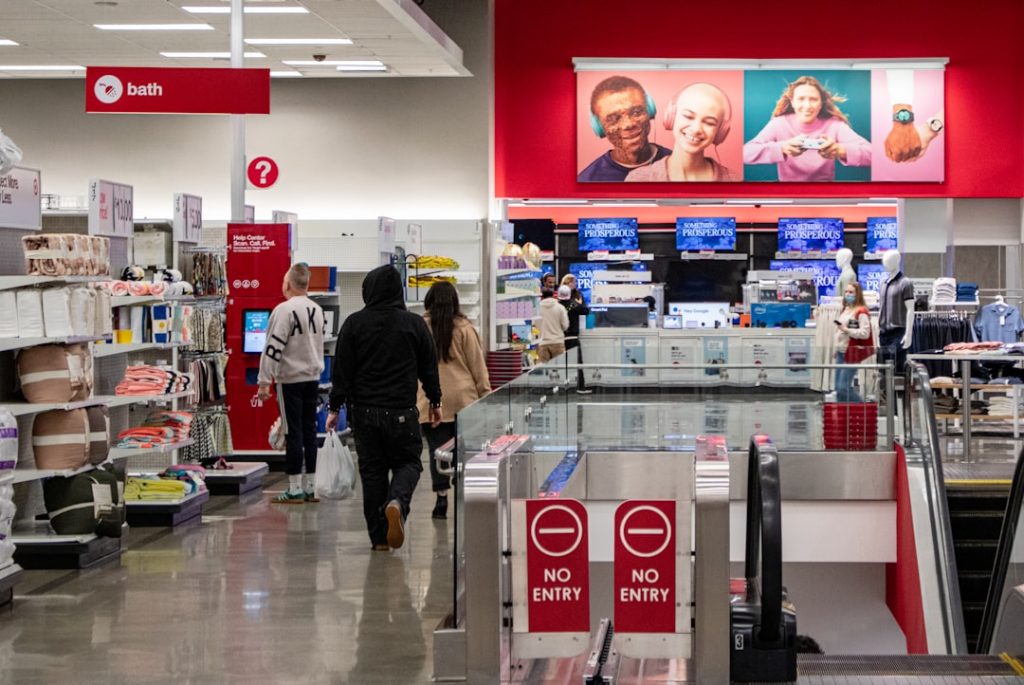Social media advertising has transformed the way businesses connect with their audiences. At its core, social media ads are paid messages that promote products, services, or brand awareness on platforms like Facebook, Instagram, Twitter, LinkedIn, and TikTok. These ads can take various forms, including image ads, video ads, carousel ads, and sponsored posts.
The primary goal of social media advertising is to reach a specific audience with tailored content that resonates with their interests and behaviors. This targeted approach allows businesses to maximize their return on investment (ROI) by ensuring that their messages are seen by those most likely to engage with them. Understanding the mechanics of social media ads involves grasping how these platforms operate.
Each social media site has its own advertising ecosystem, complete with unique features and user demographics. For instance, Facebook’s ad platform allows for extensive targeting options based on user behavior, interests, and demographics, while Instagram focuses heavily on visual content. Twitter’s ads often capitalize on trending topics and hashtags to engage users in real-time conversations.
By familiarizing oneself with these nuances, marketers can craft campaigns that not only capture attention but also drive meaningful interactions.
Key Takeaways
- Social media ads can be a powerful tool for reaching your target audience and driving engagement.
- It’s important to choose the right platform for your target audience, considering factors like demographics and user behavior.
- Creating engaging ad content is crucial for capturing the attention of your audience and driving action.
- Utilizing targeting options can help maximize the reach of your ads and ensure they are seen by the right people.
- Setting a budget and monitoring ad performance is essential for optimizing your ad campaigns and achieving your goals.
Choosing the Right Platform for Your Target Audience
Selecting the appropriate social media platform is crucial for the success of any advertising campaign. Different platforms cater to distinct demographics and user behaviors, making it essential for marketers to align their advertising efforts with where their target audience spends their time. For example, if a brand is targeting a younger demographic, platforms like TikTok and Instagram may be more effective due to their popularity among Gen Z and millennials.
Conversely, LinkedIn is ideal for B2B marketing, as it attracts professionals seeking industry insights and networking opportunities. To make an informed decision about which platform to use, businesses should conduct thorough market research. This includes analyzing user demographics, engagement rates, and content preferences on each platform.
For instance, Facebook boasts a diverse user base across various age groups, making it suitable for brands aiming for a broad reach. In contrast, Pinterest attracts users interested in DIY projects, fashion, and home decor, making it an excellent choice for brands in those niches. By understanding the unique characteristics of each platform, marketers can tailor their strategies to effectively engage their desired audience.
Creating Engaging Ad Content
The effectiveness of social media ads hinges significantly on the quality of the content being presented. Engaging ad content captures attention quickly and encourages users to take action, whether that means clicking through to a website, liking a post, or sharing it with friends. To create compelling content, marketers should focus on storytelling that resonates with their audience’s emotions and aspirations.
Utilizing Targeting Options for Maximum Reach
One of the most powerful features of social media advertising is the ability to target specific audiences with precision. Each platform offers various targeting options that allow marketers to hone in on users based on demographics such as age, gender, location, interests, and online behavior. For instance, Facebook’s ad manager provides options for custom audiences based on website visitors or email lists, enabling brands to retarget users who have already shown interest in their products or services.
Moreover, leveraging lookalike audiences can help businesses expand their reach by targeting users who share similar characteristics with existing customers. This strategy is particularly effective for brands looking to grow their customer base while maintaining relevance. Additionally, utilizing behavioral targeting can enhance ad performance by reaching users who have demonstrated specific actions online, such as recent purchases or engagement with similar content.
By strategically employing these targeting options, marketers can ensure that their ads are seen by the right people at the right time.
Setting a Budget and Monitoring Ad Performance
Establishing a budget is a critical step in any social media advertising campaign. Marketers must determine how much they are willing to spend on ads while considering factors such as campaign goals and expected ROI. Social media platforms typically offer flexible budgeting options, allowing businesses to set daily or lifetime budgets based on their financial capabilities.
It’s essential to allocate funds wisely across different campaigns and ad sets to maximize visibility and engagement. Once the budget is set and the ads are live, continuous monitoring of ad performance is vital for optimizing results. Most social media platforms provide analytics tools that track key performance indicators (KPIs) such as impressions, clicks, conversions, and engagement rates.
By analyzing this data regularly, marketers can identify which ads are performing well and which may need adjustments. For example, if an ad is receiving high impressions but low click-through rates (CTR), it may indicate that the content needs refinement or that the targeting parameters require reevaluation.
A/B Testing for Optimal Results
A/B testing is an invaluable technique in social media advertising that allows marketers to compare two versions of an ad to determine which performs better. This method involves creating two variations of an ad—such as different headlines, images, or calls-to-action—and running them simultaneously to see which one resonates more with the audience. A/B testing provides concrete data that can inform future advertising strategies and help optimize campaigns for better performance.
For instance, a clothing retailer might test two different images of a new product: one featuring a model wearing the item in a lifestyle setting and another showcasing the product against a plain background. By analyzing engagement metrics such as clicks and conversions for each version, the retailer can identify which image drives more sales and adjust their advertising strategy accordingly. This iterative process not only enhances ad effectiveness but also fosters a culture of continuous improvement within marketing teams.
Leveraging Analytics to Improve Ad Campaigns
Analytics play a pivotal role in refining social media advertising strategies. By leveraging data insights from ad performance metrics, marketers can gain a deeper understanding of their audience’s preferences and behaviors. Most social media platforms offer robust analytics tools that provide detailed reports on various KPIs such as reach, engagement rates, conversion rates, and cost-per-click (CPC).
Analyzing these metrics allows marketers to identify trends and patterns that can inform future campaigns. For example, if analytics reveal that a particular demographic segment is engaging more with video content than static images, marketers can pivot their strategy to prioritize video ads in future campaigns. Additionally, tracking conversion rates across different ad formats can help businesses allocate resources more effectively—investing more in high-performing formats while phasing out underperforming ones.
By continuously monitoring analytics and adapting strategies based on data-driven insights, marketers can enhance the overall effectiveness of their social media advertising efforts.
Adapting to Changes in Social Media Algorithms
Social media algorithms are constantly evolving, influencing how content is displayed to users on various platforms. These changes can significantly impact the visibility of paid ads and organic posts alike. Marketers must stay informed about algorithm updates and adapt their strategies accordingly to maintain effective reach and engagement levels.
For instance, platforms like Facebook frequently adjust their algorithms to prioritize content from friends and family over brand posts, necessitating a shift in how businesses approach their advertising strategies. To navigate these changes successfully, marketers should focus on creating high-quality content that encourages user interaction—such as comments and shares—which can help boost visibility in algorithm-driven feeds. Additionally, staying engaged with industry news and updates from social media platforms can provide valuable insights into upcoming changes that may affect advertising strategies.
By remaining agile and responsive to algorithm shifts, businesses can continue to connect with their audiences effectively while maximizing the impact of their social media advertising campaigns.
FAQs
What are social media ads?
Social media ads are paid advertisements that appear on social media platforms such as Facebook, Instagram, Twitter, and LinkedIn. These ads are targeted to specific audiences based on demographics, interests, and behaviors.
Why use social media ads to reach your target audience?
Social media ads are an effective way to reach your target audience because they allow you to target specific demographics, interests, and behaviors. This means you can reach the people most likely to be interested in your products or services.
How can I use social media ads to reach my target audience?
To use social media ads to reach your target audience, you can start by identifying your target audience and their demographics, interests, and behaviors. Then, you can create ad campaigns that specifically target these characteristics.
What are the benefits of using social media ads to reach your target audience?
Some benefits of using social media ads to reach your target audience include increased brand awareness, higher engagement, and the ability to track and measure the success of your ad campaigns.
What are some best practices for using social media ads to reach your target audience?
Some best practices for using social media ads to reach your target audience include creating compelling ad content, using eye-catching visuals, and testing different ad formats and targeting options to see what works best for your audience.


